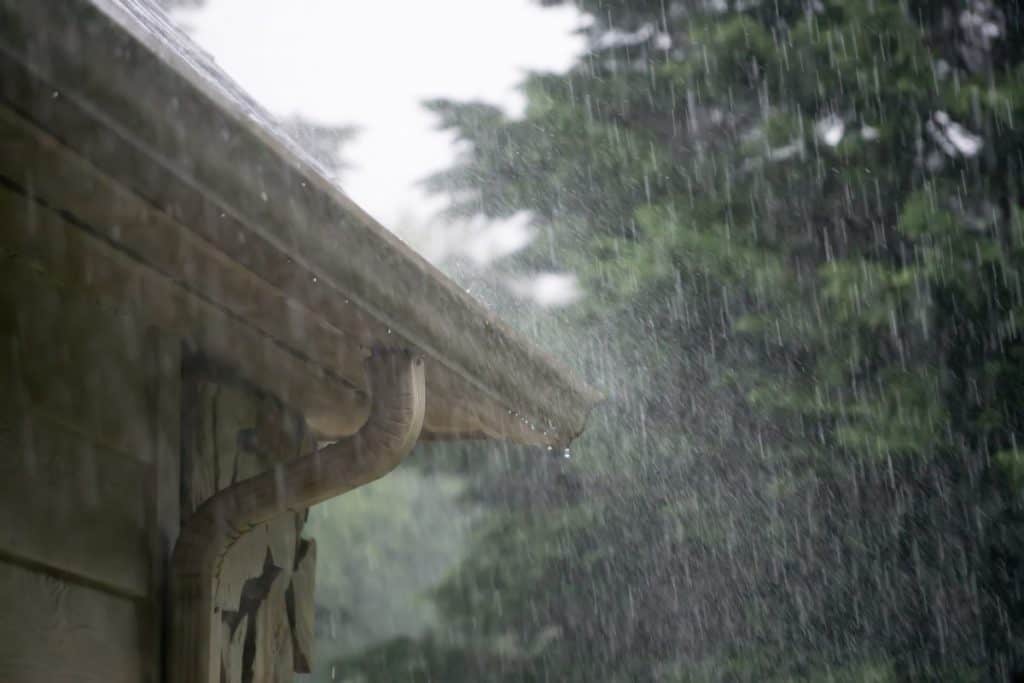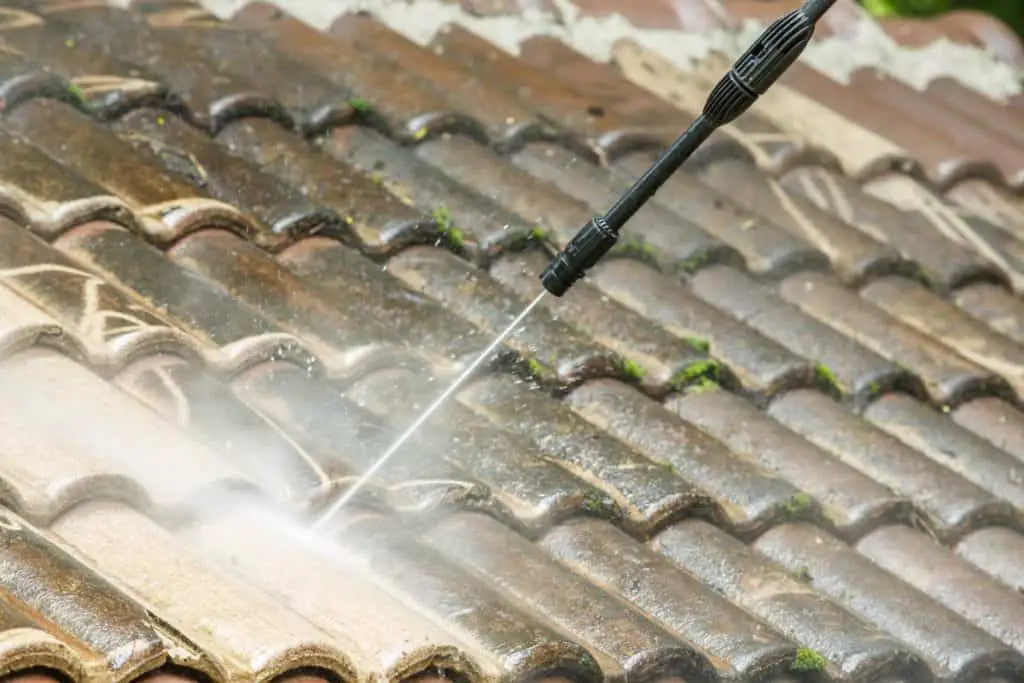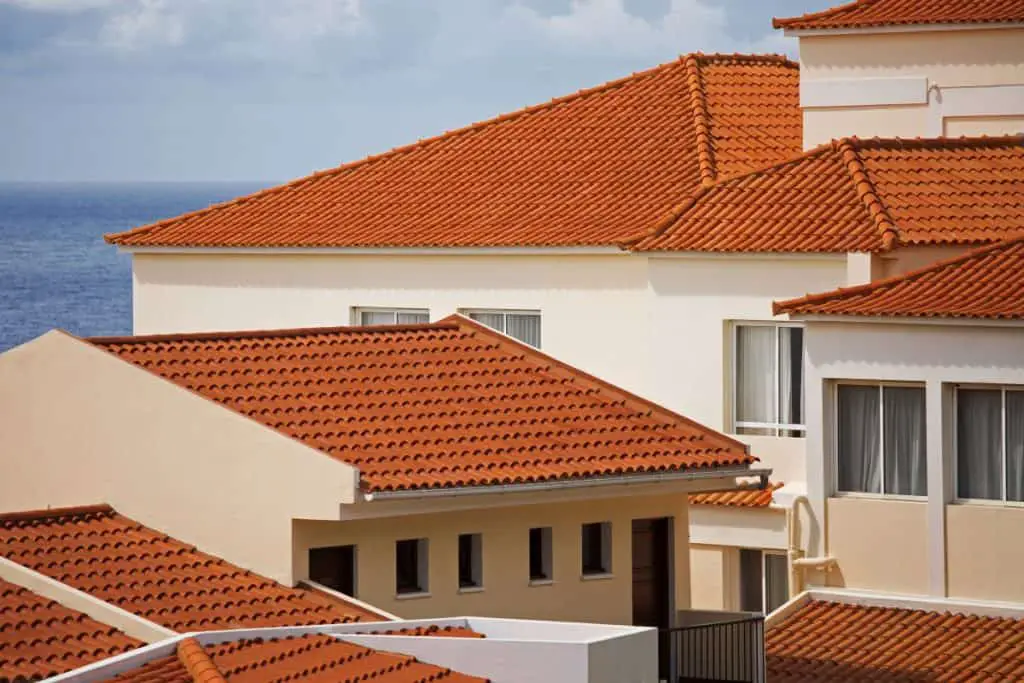There are two unique styles of roofing tiles that are out on the market right now: concrete and clay. Each option is very different in its aesthetics and knowing about each of them is important, especially for homeowners who are looking for their own unique style.
Both concrete and clay tiles are viable options for roofing projects. Neither option is better than the other, but there are 9 things to consider when choosing which tile to install on your roof: style, cost, climate, composition, water absorption, weight, maintenance, appearance, and durability.

Concrete and clay tiles are by no means the only option for roof tiling. However, the following article provides information comparing concrete and clay tiling only.
Table of Contents
What Style Do You Want?
Tile roofing has been around for a very long time. The Chinese used baked clay tiles back in 10,000 B.C.
As such, clay tiles have a distinct “Old World” and “classic” style to them.
Some homes use clay tiles to bring a Mediterranean-style look to their homes as well.

On the other hand, concrete can simulate any style and color since they’re made of cement, aggregates such as sand, and water.
They can be molded into any shape, texture, or surface. Manufacturers add color pigmentation to give them more style as well.
Cost
Clay tiles are more costly than concrete because it’s more difficult to acquire clay than concrete. Clay tiles can cost upwards of $10 to $30 per square foot installed. This is because clay tiles are considered more of a premium product. After installation, the cost can reach between $10,000 and $50,000.
Concrete is extremely common throughout the world and is incredibly cheap to make. Concrete tiles cost between $4 to $9 per square feet on average. Even for a small home, this can still be an expensive price for some consumers. This project can have a total cost between $6,000 and $15,000.
Climate
Clay tiles, because of their composition, are not manufactured for extremely cold climates. Some clay tiles are manufactured for colder climates. However, most clay shatters in freezing temperatures and are better suited for roofs in warmer climates.

Surprisingly, most concrete mixtures are not built for freezing temperatures much like clay. Concrete uses water in its chemical processes to harden over time. That water remains behind in the concrete, and if it freezes, it will expand and destroy the integrity of the concrete. Again, like clay, some concrete tiles are built for colder weather, but as a general rule, concrete does not fare well in the cold.
Composition
Clay tiles are made mostly from raw materials that are mined from the earth. Other materials such as minerals and chemicals are added to the clay in order to help give the tiles their shape. The clay is then baked for a certain amount of time which determines its density.

Concrete tiles are made by mixing cement mixture (such as Portland Cement) with water, and aggregates such as gravel, rocks, or sand. Manufacturers add color pigmentation to the mixture, then mold the concrete to the desired shape with pressure and heat.
Water Absorption
Absorbing water is not a good thing when it comes to roofing. Water can add wait to the tiles and even cause problems like mildew. Concrete unfortunately has a high percentage of water absorption (about 13%). If a sealer isn’t used to block the pores in the concrete, then the water absorbed there can be a problem in both warm and cold climates.
Read more about sealing concrete roof tiles here!

Clay tiles also absorb water, but in a very, very small amount. The level of water absorption for clay is around 6%. This makes clay preferable when it comes to humidity as it tends to have fewer problems than cement tiles.
Weight
Both concrete and clay are heavy materials to put on your roof. Concrete tiles, however, are much heavier than clay tiles by almost 40%. Concrete weights anywhere between 8 to 11 pounds per square foot. This kind of weight needs to be taken into account so that the roof has enough support and that it doesn’t cave in.
Clay, on the other hand, is lighter but not by much. The tiling can weigh between 6 to 7 pounds per square foot. If weight is an issue for the overall structure of the house, then clay tiles win over concrete tiles in this case.
Maintenance

Everything needs maintenance, no matter what kind of material it is. Because of the above factors, concrete tiles are the most difficult to maintain. You will need to watch out for mildew because it absorbs water more readily, and the heavyweight of the concrete if it breaks the supports.
Clay, on the other hand, has no outstanding maintenance issues to speak of. However, if the clay tiles do end up breaking (say, by walking on them) it can be very difficult to repair them. As stated, everything needs maintenance. Clay tiles will need to be taken care of so that they don’t get damaged or shattered.
Appearance
Concrete is able to simulate or imitate other styles and can hold color pigmentation for many years. However, concrete colors will begin to fade over time, and much sooner than clay tiles. You can add a sealer to enhance the concrete’s colors and protect it from fading, but it will need to be applied every few years.,

Clay, however, will retain its coloring and appearance for many years after the concrete has lost its own. This is because clay is a material that is naturally occurring, and if it is kiln-fired, it will seal its color permanently. Clay tiles are not porous like concrete, and if they’re baked correctly, they won’t be at the mercy of natural elements for many years.
Durability
The durability of some materials depends on how well they’re maintained. With concrete, maintenance is key. Naturally, concrete is extremely durable and has very high compressive strength (i.e. 2,000 to 6,000 psi). The lifespan of concrete can last between 10 to 70 years, depending on how well it is maintained.
Clay, however, is the undisputed champion when it comes to durability and how long that durability will hold up over time. Clay tiles can remain durable for well over 100 years with very little maintenance needed to keep them strong.



